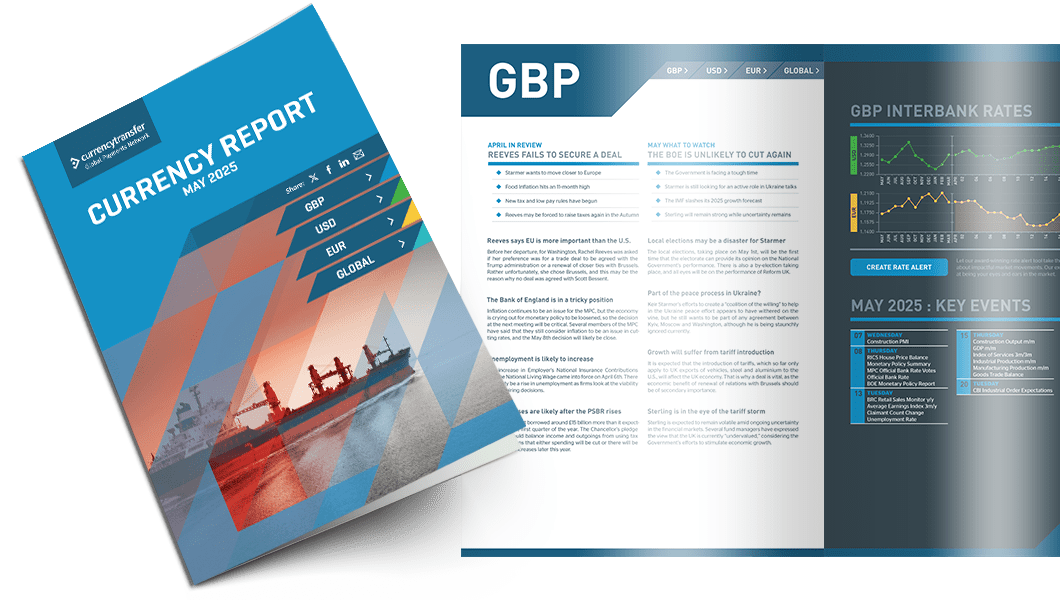
Highlights
- IMF turns negative over the UK economy
- Robust growth to come but Government a continuing worry
- Eurozone growth forecast cut as global economy “limps along”
Mann sees inflation as becoming “too high for too long”
Now they have again decided that the country is likely to face little or no growth over the next year as the Bank is again forced to hike interest rates to battle what it calls persistent inflation.
In the latest edition of its World Economic Outlook the Fund predicts that the UK economy will fall behind its G7 partners in terms of growth which will form a “painful backdrop” to the General Election.
Headline inflation is predicted to average 7.7% this year before falling to average 3.7% next year, it won’t return to the Bank’s target of 2% until 2025 at the earliest and even then a lot will depend on the global economic situation which has become a great deal more volatile as economies have emerged from the Pandemic at differing rates.
Jeremy Hunt intimated his mistrust of the continual changing of predicted performance since little has changed in the Government’s plans since he was praised for the changes, he started in the Spring Budget.
Inflation has been “sticky” but that was expected, and the Bank of England has done the correct thing in raising rates, and then pausing at its latest MPC to allow the economy to “catch-up” with policy.
It is not good enough for Hunt to say that at least the country is predicted to have a higher rate of growth than several major economies of the EU in the longer term.
Since Brexit, the UK was expected to forge ahead and in any event the EU has faced a different series of challenges to the UK which have meant that growth expectations are mediocre at best.
The current prediction is not for a recession in the UK, although Germany will suffer a shallow recession, as growth is predicted to fall by 0.5% this year before recovering to grow by 0.9% in 2024.
Elizabeth Mann, the most hawkish member of the MPC spoke yesterday of her concern that inflation expectations are beginning to drift as concerns are blunted by falling the “small wins” that are being seen currently.
She believes that the longer inflation is still above target, the more aggressive the Bank of England needs to be in reacting to it.
The pound rallied against the dollar for the fifth consecutive day as it put further distance between it and its long-term support at 1.2050.
Yesterday, it reached a high of 1.2291, closing at 1.2286.

Read our latest currency report
Most impactful events planned this month and how they could impact your business
Housing to suffer badly from another rate hike
Add to this the decline that has been wrought upon City Centres by the move towards hybrid and full time working from home that has been an unexpected by-product of the Pandemic and the lockdowns that went with them.
It is believed that longer term the move towards home working would have taken place anyway given the advances that have been made in technology which mean that physical location is no longer critical.
The economy has not been able to evolve quickly enough to cope with falling occupancy levels which while benefiting the economy on several levels, for example, personal transport costs and a better work/life balance which leads to greater productivity.
City centre rental values have plummeted, while across the entire country several high-profile businesses have paid vast sums to break long-term leases since they no longer need the office space that they felt was needed prior to Covid to grow their operations.
Service output is beginning to pick up after the initial shock that it saw as both firms and their employees became familiar with the challenges of home working.
A soft landing is still the most common outcome predicted for the economy, but today’s report will need to see a significant fall in both core and headline inflation to deter the Fed from raising rates at its next meeting which takes place three weeks from today.
While the economy is no longer seen as being on a knife-edge between high inflation and recession, a further hike will be considered.
The minutes of the latest FOMC meeting will be published later, and they will supply a greater insight into whether the Committee came close to declaring its cycle of rate hikes at an end or if the pause was just that and a further hike is still being considered.
The strike by UAW workers that has been largely ignored in the “big picture” of the prospects for the U.S. economy has now become the costliest industrial action in history. The estimated cost to the economy so far is five billion dollars, exceeding the previous record of four billion that the 2019 General Motors strike cost.
Tomorrow’s publication of the September inflation report is expected to see the headline fall to 3.6% while the core falls to 4.1%. There are several FOMC members making speeches in the coming days and the market will take note of any hardening of their attitude to inflation that is seemingly becoming more persistent.
The dollar index continues to lose ground despite the “risk off” attitude that has been prevailing this week as the situation in Israel and Gaza worsens.
The index fell to a low of 105.66 yesterday and closed at 105.77. So far, the falls have been moderate, and a lot will depend, in the short term, on the rhetoric coming out of Washington regarding any further escalation.
Spain to grow at twice the rate of Italy and France in 2024
The Spanish economy is set to grow by 2.4% this year and, although the prediction has been cut by 0.3%, a further 1.7% in 2024.
This contrasts very favourably with the traditionally stronger economies of Germany, France and the Benelux nations.
Inflation is expected to remain a concern which will most likely lead to further rate hikes. Although the overall inflation rate is expected to fall at a gradual pace, that rate of fall is not sufficient for the Governor of the Austrian Central Bank who yesterday called for further rate hikes until the rate of inflation reaches the ECB’s target of 2%.
Robert Holzmann believes that an overshoot which brings inflation below the target is less of a danger to the economy than a pause in rate hikes that would potentially see inflation become ingrained in the economy with a consequent wage/price spiral.
It is no surprise that the current IMF world Economic Report is downbeat on the prospects for the Eurozone in general and Germany in particular. Although there are some “bright patches” to be seen especially from Greece and Spain, Germany’s woes casts a huge shadow over the entire region.
The German people are still stoic in their determination to defeat inflation, the fear of which is ingrained in their national psyche.
The IMF predicts that Germany will suffer a deeper recession than it had previously projected, contracting by 0.5% this year while next year will see a rebound but again not as strong as previously expected.
The German economy is now expected to see growth of 0.9% next year down from the previous estimate of 1.3%. Germany’s woes will influence overall Eurozone growth which is expected to be 0.7% this year.
The single currency is continuing its gradual recovery from the lows it experienced recently. It reached a high of 1.0619 yesterday and closed at 1.0605. A break of resistance at between 1.0625 and 1.0635 may see it consolidate its gains, but longer term the comparative growth prospects between the U.S. and Eurozone will weigh on the common currency seeing it return to its path lower.
Have a great day!

Exchange rate movements:
10 Oct - 11 Oct 2023
Click on a currency pair to set up a rate alert
Alan Hill
Alan has been involved in the FX market for more than 25 years and brings a wealth of experience to his content. His knowledge has been gained while trading through some of the most volatile periods of recent history. His commentary relies on an understanding of past events and how they will affect future market performance.